Spoiler season for Magic: The Gathering‘s Core Set 2020 (M20) is over and that means it’s time for the prerelease. Prerelease weekend has become one of Magic‘s most popular events, so here’s your guide to coming out on top.
What is the prerelease weekend?
The week before each set is released, Wizards of the Coast offers an opportunity for players to try out the set (hence the name prerelease). These tournaments are held at participating card stores and are most often in the Sealed format—each player gets six packs and tries to make the best deck they can.
Prereleases are aimed at being welcoming and inviting to new and casual players, so the rules are a little more relaxed and many stores offer additional guidance and explanation as to what’s going on in the set. It’s a great way for newcomers to learn how to play.

For Core Set 2020, prerelease players will receive:
- Six Core Set 2020 booster packs (15 cards each).
- A random stamped rare or mythic rare from the set.
- A “spindown” dice to use as a life tracker (the numbers are in order form 20 to one).
- An MTG Arena code for entry to an M20 Sealed event (this is found on the back of a token card).
How to build a Sealed deck
With your six packs (and bonus rare/mythic) in hand, your goal is to make the best 40-card deck possible. For a detailed walkthrough of the Sealed deckbuilding process, you can check out this guide by Wizards. Here’s what your deck should look like:
- Seventeen lands—a mixture of basics and any useful land from your card pool.
- Around 15 creatures with a consistent curve of mana costs (see the graphic below).
- Around eight other spells that either interrupt your opponent’s gameplan (removal or discard) or bolster your own (card draw, combat tricks, etc.).

In terms of what kind of deck you should build, take a close look at the overall draft archetypes and any multicolored cards in your pool that can support these archetypes. These are some of the most powerful cards in the set.
Of course, you’ll also want to make sure you have enough good commons and uncommons to support that archetype before going all in. Check out our guides for each color to see whether your pool has particular strengths (White, Blue, Black, Red, and Green).
Tips and tricks
Do you want to make your prerelease weekend even better? Here are some pro tips to get through the event without skipping a beat:
- Bring a snack and something to drink. Prereleases typically run three rounds and three to four hours. Most shops sell food and drinks, but it’s always cheaper and healthier to pack your own.
- Bring sleeves and other dice to use as counters. This will make playing the game easier. Sleeves help with shuffling, and tracking +1/+1 counters and planeswalker loyalty is a pain without a physical reminder.
- Sealed games tend to go longer than draft. Board stalls are more frequent and the power level of cards tends to be a little higher. Plan accordingly by leaning slightly higher toward evasive creatures (such as those with flying) and potentially choosing to draw a card first rather than play first.
- Don’t be afraid to sideboard. In fact, for M20, you really should. After the first game each round, you can change your 40-card deck. Any card from your pack is legal to swamp in (along with basic lands). In M20, cards with protection and “color hate” like Fry should be a top grab if you’re facing a deck with opposing colors.

M20 guide navigator
- Archetypes and mechanics
Best and worst White cards
Best and worst Blue cards
Best and worst Black cards
Best and worst Red cards
Best and worst Green cards
Best and worst Gold and Colorless cards
Guide to Prerelease weekend
Early picks for Standard


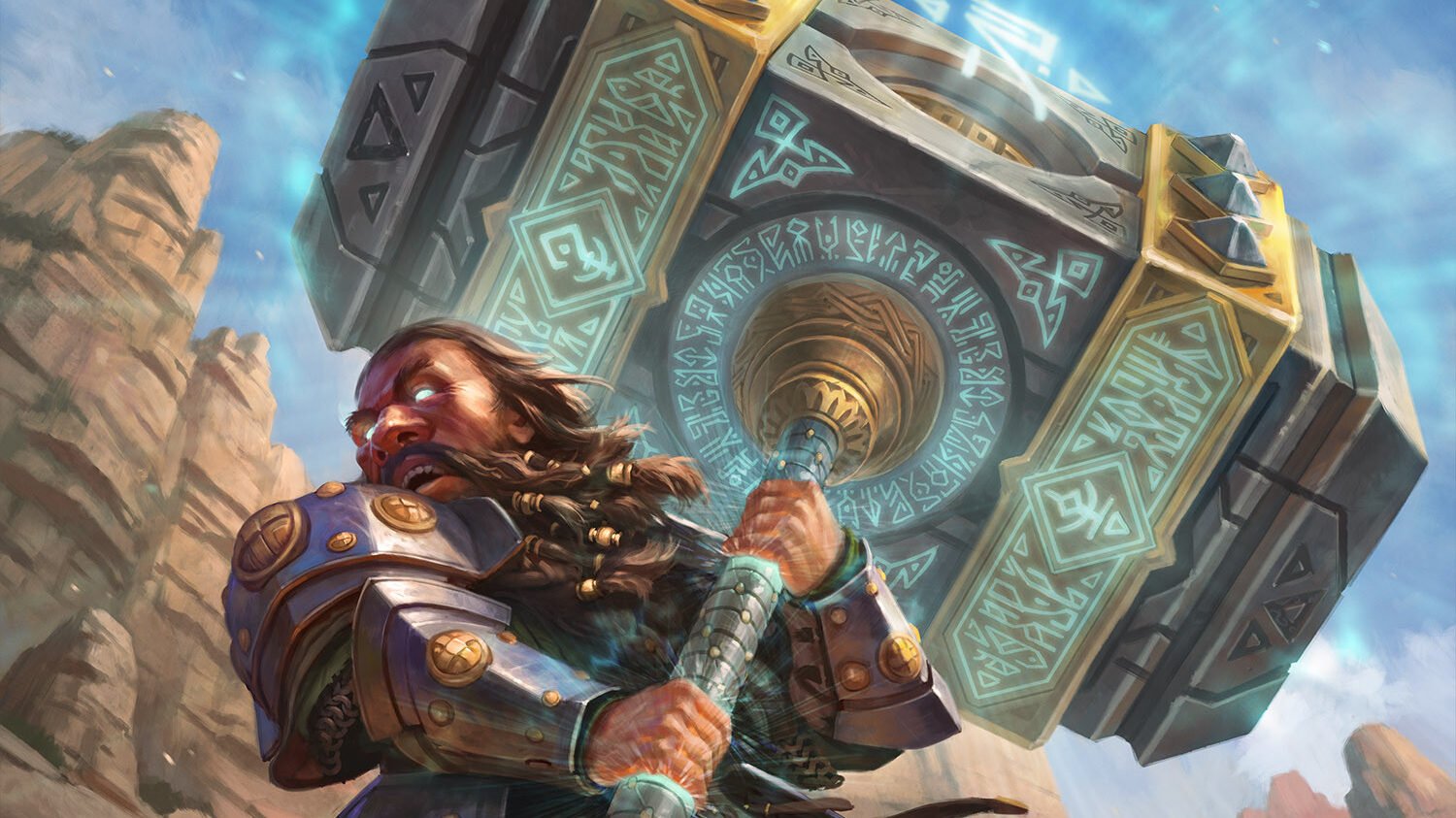
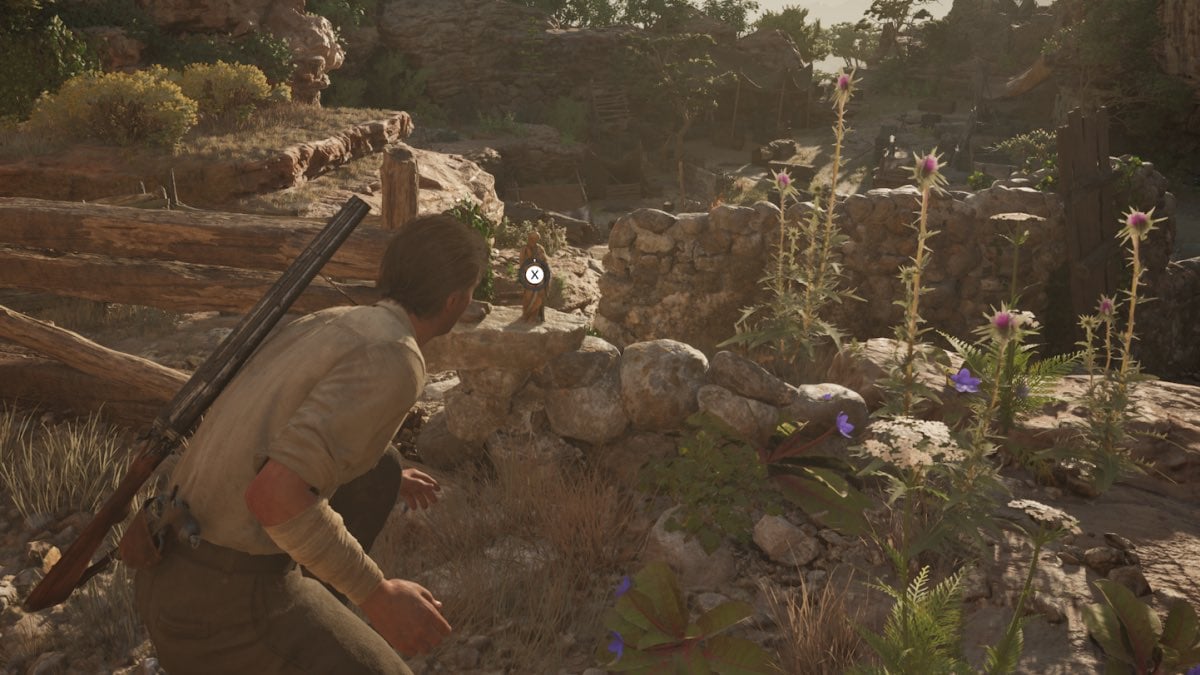
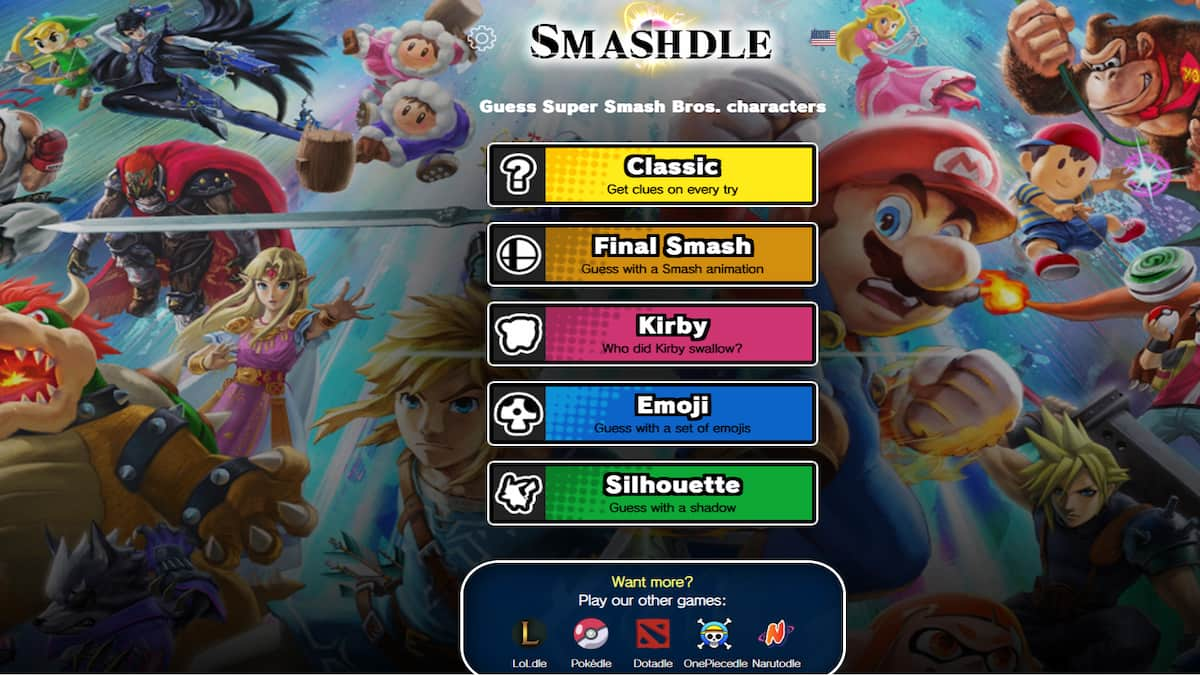


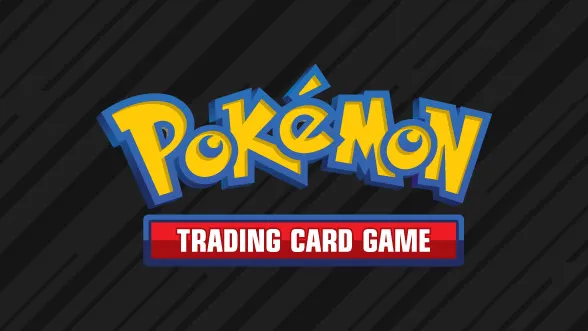
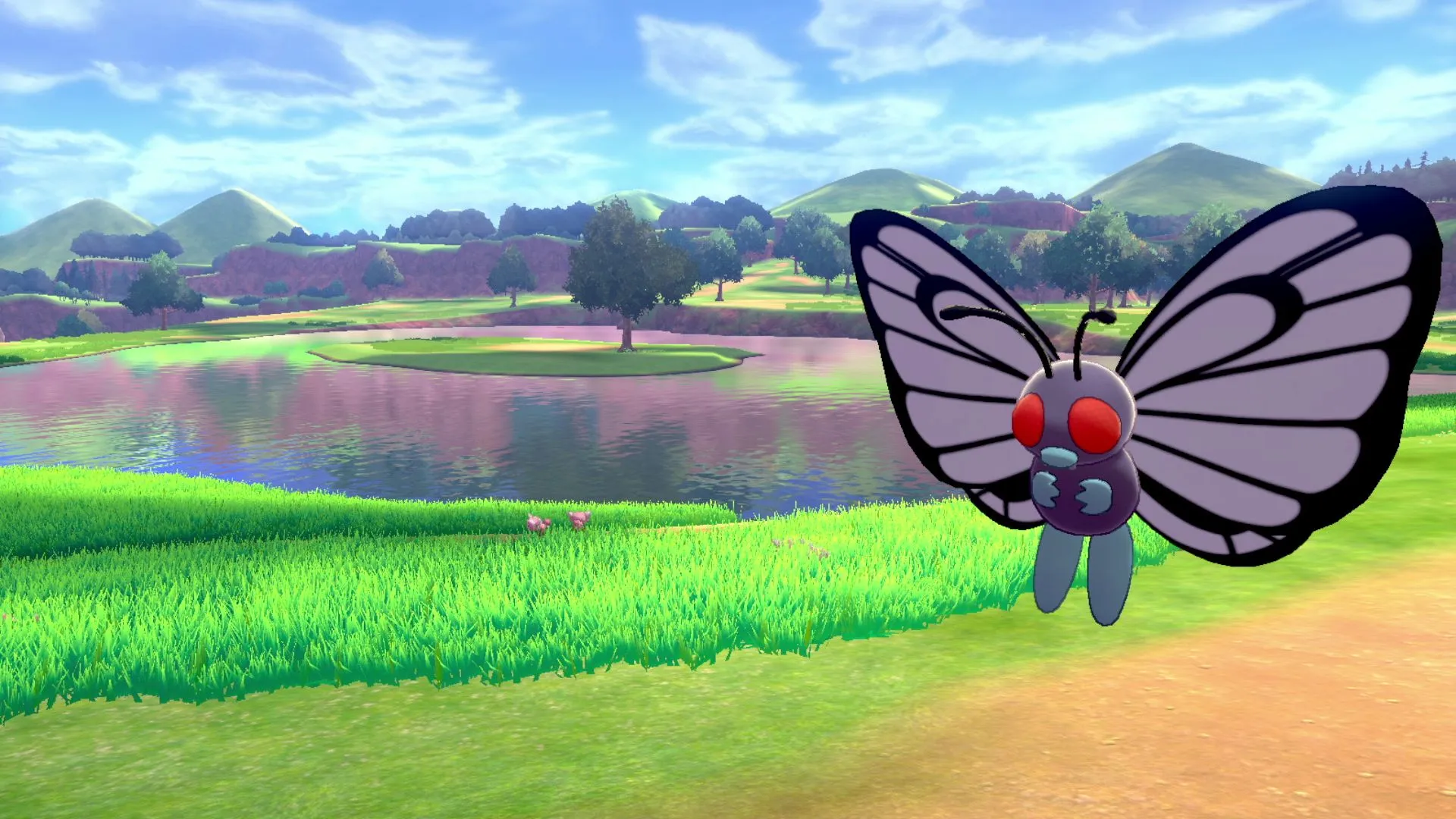
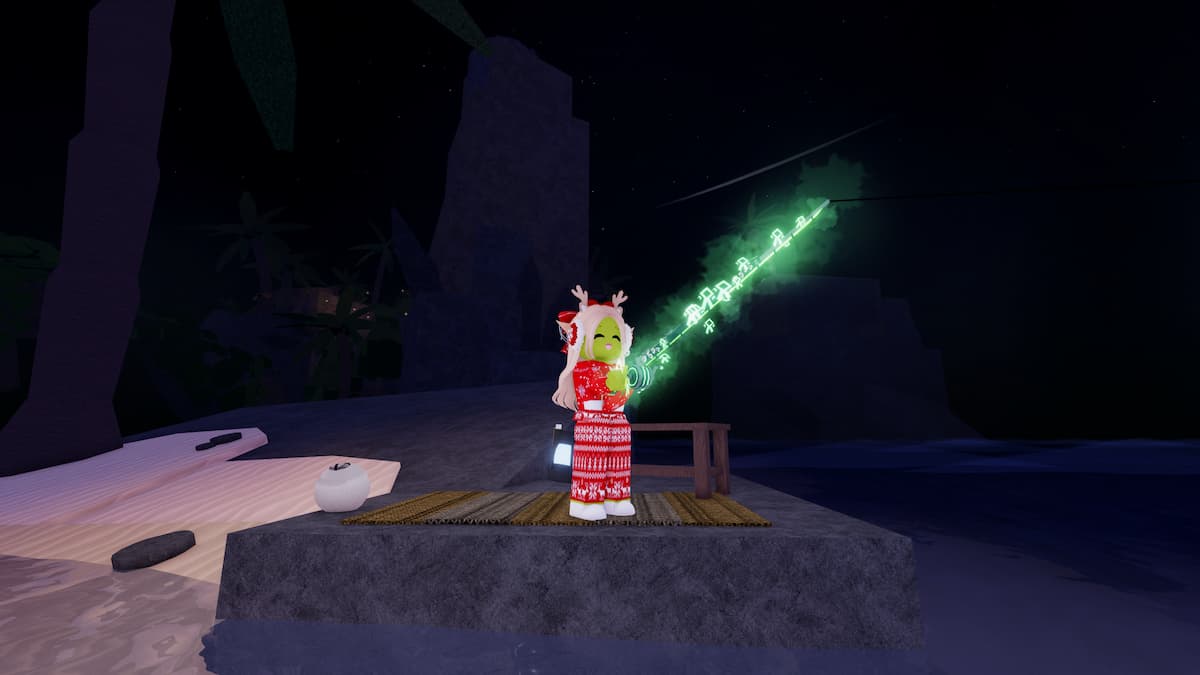
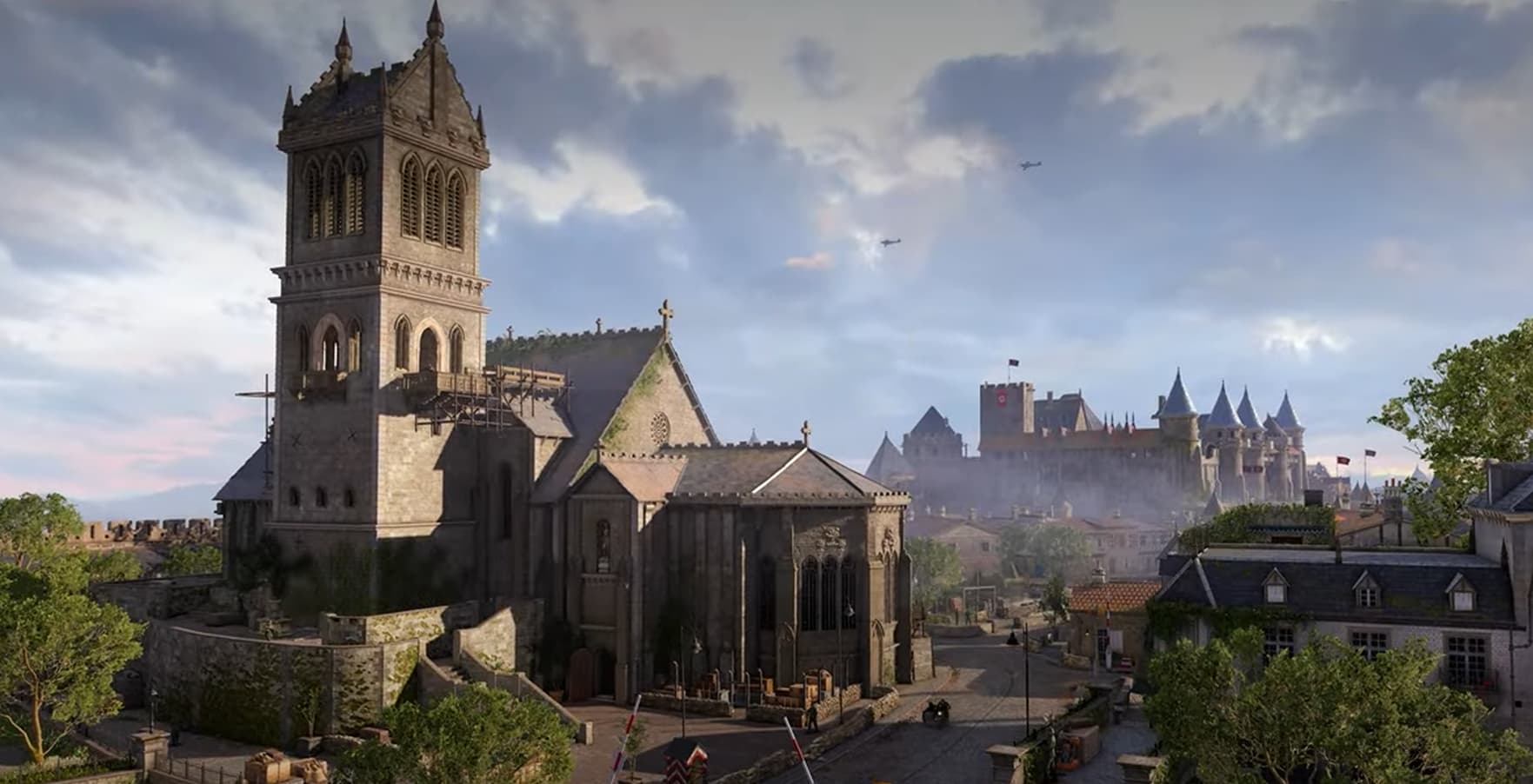

Published: Jul 4, 2019 10:35 am